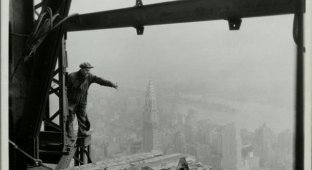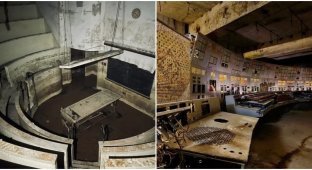The postal service is an amazing structure. And she diamonds delivered, and animals, and even children. But there was one especially in her history remarkable case. When the mail was sent ... the building. 
It was in 1916. Businessman William Coltharp was puzzled the opening of a financial and credit organization in his hometown of Vernal (Utah). But the hitch was that they were not found, or rather, they were not produced here high-quality bricks needed for the facade of a two-story building. 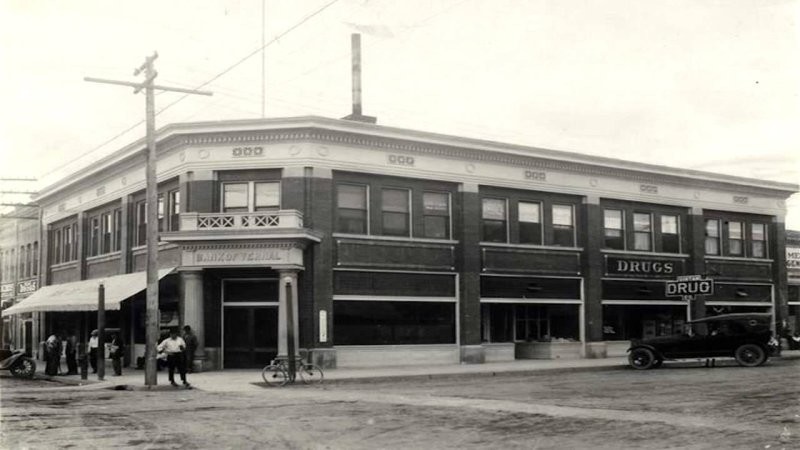
The same building
I must say that the relief of the area where the city is located, not the easiest - a hilly desert valley, along which from the nearest Salt Lake City, located only 200 km, had to wind everything 600 km. If not more. At first, parcels traveled by rail. After loaded onto trucks. In general, that is another quest, and even expensive. So expensive that shipping was just wildly expensive and caused losses. 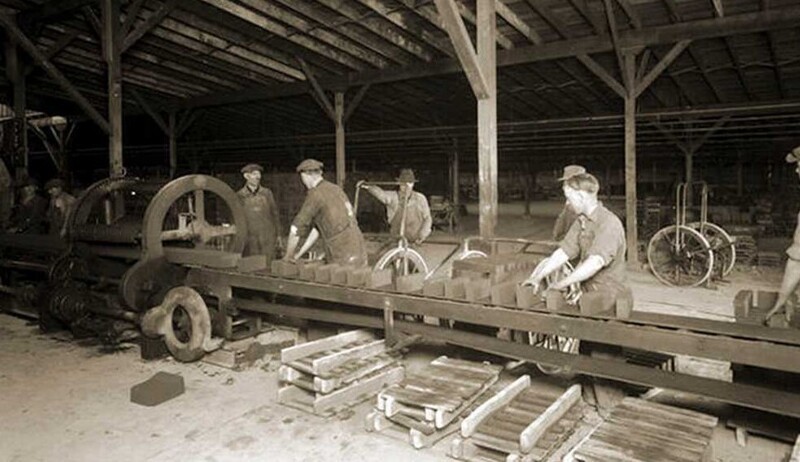
Brick production
But the problems of the government of an honest businessman worried few. Need bricks? Yes. Does the mail work? Yes. And private companies cargo transportation was requested so much that the whole project obviously took off in pipe. Scrupulous Will carefully studied the delivery rules, did not see weight limits for sending the number of parcels by one person and decided to act. 
Each brick was neatly wrapped in paper. Then them by 10 pieces packed in boxes so as not to exceed the maximum weight departures - 50 pounds (approximately 22.7 kg). And the delivery process 15 thousand bricks (according to other sources there were 5 times more) went.
Postal workers in Salt Lake City were horrified when they realized what the point was Koltarp's ideas. But rules are rules. They had no right to refuse. After completing the clearance, they quickly rewrote the rules, restricting maximum for one sender 200 pounds per day. 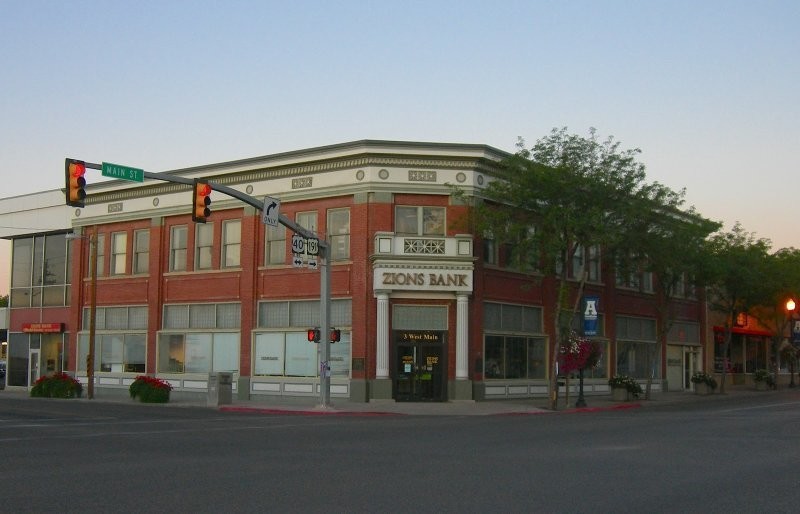
Bank today
William completed the building in late 1916. An extraordinary case went down in history, and the building of that same bank is still now stands in Vernal.
Add your comment
You might be interested in:












